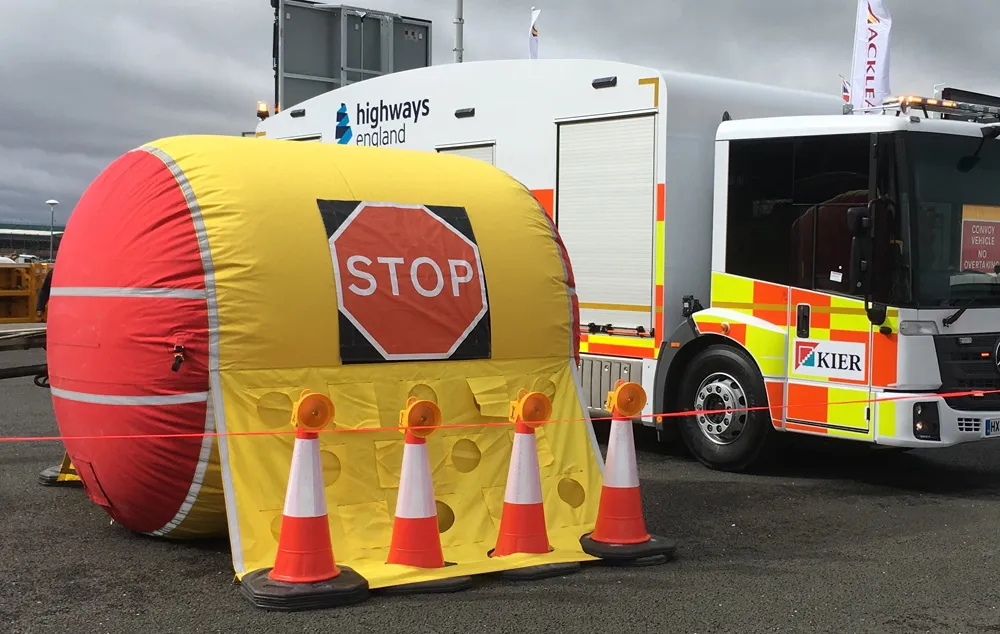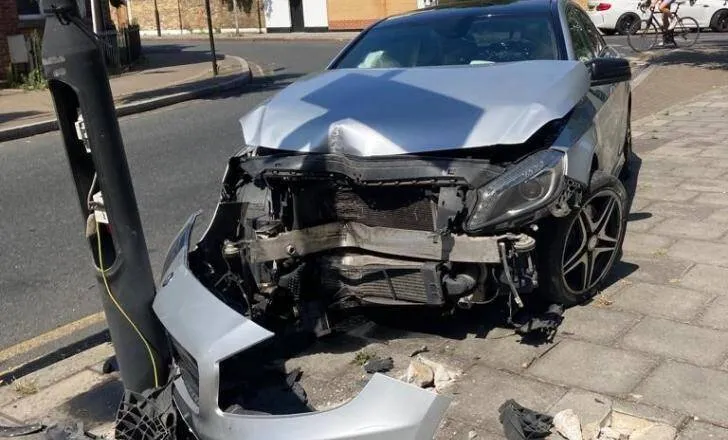Better road markings can boost safety for road users.
There is currently a strong focus on traffic safety in Europe with a number of programmes intended to reduce the overall number of crashes on roads and cut the statistics for injuries and fatalities. In the first EU programme implemented between 2001 and 2010, the goal was to halve the number of people killed in road crashes. Most EU countries showed significant improvement over the decade and a few countries met or even exceeded this target of 50% r
April 29, 2015
Read time: 4 mins

Better road markings can boost safety for road users
There is currently a strong focus on traffic safety in Europe with a number of programmes intended to reduce the overall number of crashes on roads and cut the statistics for injuries and fatalities. In the first EU programme implemented between 2001 and 2010, the goal was to halve the number of people killed in road crashes. Most EU countries showed significant improvement over the decade and a few countries met or even exceeded this target of 50% reduction – the overall improvement ended at more than 40%. A second road safety program was implemented for the period 2011 – 2020 with the target to reduce the number of people killed in crashes by a further 50%. This safety programme covers seven strategic areas, one of these being the delivery of safer roads.
Road markings and road traffic signs are an important factor in ensuring efficient and safe traffic flow. Statistics show that driving at night increases the risk of fatal crashes, particularly where poorly maintained road markings and road traffic signs can be a contributing factor to incidents taking place. Maintaining high visibility levels of signs and markings is an understandably important task for road authorities. High visibility is ensured by measuring the retroreflection periodically with a retroreflectometer and carrying out maintenance if minimum requirements are not met. This procedure can in addition allow the road owners to plan maintenance and replacement of road markings and road traffic signs optimising their often limited budgets.
Standards are in place covering the1116 European Union countries proposing, among others, minimum retroreflectivity levels to ensure safe driving under different weather and driving conditions. The following two standards are in place for road markings and road traffic signs: EN 1436 “Road marking materials – Road marking performance for road users”; EN 12899 “Fixed vertical road traffic signs”.
A third standard, EN 471 “High-visibility warning clothing for professional use – Test methods and requirements/EN ISO 20741 “High Visibility Clothing – Test Methods and Requirements” deals, among others, with minimum retroreflection levels of warning clothing used by road workers.
The EN 1436 standard is based on the internationally recognised 30m geometry. It simulates how a driver driving in a standard car sees the retroreflection of a road marking 30m ahead. The standard includes recommended minimum retroreflection values applied to different types of road classes, under different driving conditions, such as dry roads, wet roads, rainy conditions, daytime driving, night-time driving, and on white and yellow markings.
Meanwhile EN 12899 is a specific European standard. It simulates how a driver driving in a standard car sees the retroreflection of a road traffic sign approximately 100m ahead. The standard includes recommended minimum retroreflection values applied to different types of sheeting material (engineering grade, high intensity grade) and different colours. The standard deals with type approval, certification testing and testing of resistance to weathering – the situation on the road. A further chapter to include microprismatic materials is being developed at present.
Retroreflectometers have been available on the market since the 1980s.199 DELTA has been amongst the leaders in this segment since the first retroreflectometers with its LTL800 model followed by LTL2000 and more recently LTL-X and LTL-XL for road markings and the RetroSign line for road traffic signs. Most recently mobile retroreflectometers mounted on a vehicle measuring retroreflection at traffic speed have caught interest, the newest launch being DELTA’s LTL-M system based on digital camera technology and real-time digital image processing, ensuring accurate measurements.
A retroreflectometer is able to measure the retroreflection of road markings and of road traffic signs as seen by the driver of a vehicle. The retroreflectometer provides a figure which can be related to the minimum retroreflection levels stated in the standards and be a good and sound basis for decisions on maintenance of road markings and road traffic signs.
Ensuring the right performance levels at any time of road markings and road traffic signs will assist in having the European traffic safety program meet its goal of 50% fewer persons killed in the traffic on European roads before 2020. High performing markings and signs will be a relatively cheap and efficient way to deliver this goal.
There is currently a strong focus on traffic safety in Europe with a number of programmes intended to reduce the overall number of crashes on roads and cut the statistics for injuries and fatalities. In the first EU programme implemented between 2001 and 2010, the goal was to halve the number of people killed in road crashes. Most EU countries showed significant improvement over the decade and a few countries met or even exceeded this target of 50% reduction – the overall improvement ended at more than 40%. A second road safety program was implemented for the period 2011 – 2020 with the target to reduce the number of people killed in crashes by a further 50%. This safety programme covers seven strategic areas, one of these being the delivery of safer roads.
Road markings and road traffic signs are an important factor in ensuring efficient and safe traffic flow. Statistics show that driving at night increases the risk of fatal crashes, particularly where poorly maintained road markings and road traffic signs can be a contributing factor to incidents taking place. Maintaining high visibility levels of signs and markings is an understandably important task for road authorities. High visibility is ensured by measuring the retroreflection periodically with a retroreflectometer and carrying out maintenance if minimum requirements are not met. This procedure can in addition allow the road owners to plan maintenance and replacement of road markings and road traffic signs optimising their often limited budgets.
Standards are in place covering the
A third standard, EN 471 “High-visibility warning clothing for professional use – Test methods and requirements/EN ISO 20741 “High Visibility Clothing – Test Methods and Requirements” deals, among others, with minimum retroreflection levels of warning clothing used by road workers.
The EN 1436 standard is based on the internationally recognised 30m geometry. It simulates how a driver driving in a standard car sees the retroreflection of a road marking 30m ahead. The standard includes recommended minimum retroreflection values applied to different types of road classes, under different driving conditions, such as dry roads, wet roads, rainy conditions, daytime driving, night-time driving, and on white and yellow markings.
Meanwhile EN 12899 is a specific European standard. It simulates how a driver driving in a standard car sees the retroreflection of a road traffic sign approximately 100m ahead. The standard includes recommended minimum retroreflection values applied to different types of sheeting material (engineering grade, high intensity grade) and different colours. The standard deals with type approval, certification testing and testing of resistance to weathering – the situation on the road. A further chapter to include microprismatic materials is being developed at present.
Retroreflectometers have been available on the market since the 1980s.
A retroreflectometer is able to measure the retroreflection of road markings and of road traffic signs as seen by the driver of a vehicle. The retroreflectometer provides a figure which can be related to the minimum retroreflection levels stated in the standards and be a good and sound basis for decisions on maintenance of road markings and road traffic signs.
Ensuring the right performance levels at any time of road markings and road traffic signs will assist in having the European traffic safety program meet its goal of 50% fewer persons killed in the traffic on European roads before 2020. High performing markings and signs will be a relatively cheap and efficient way to deliver this goal.








